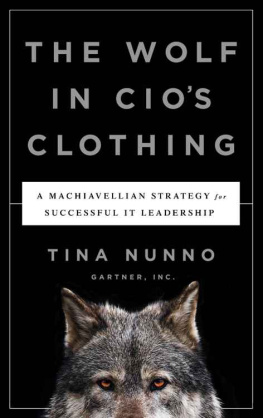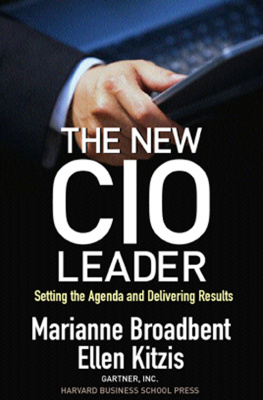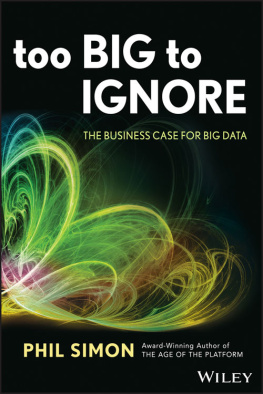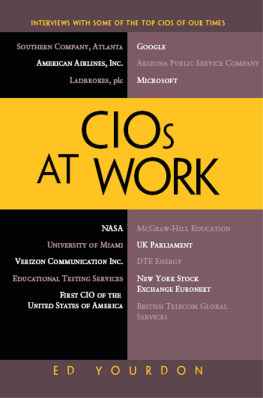A Radical Shift in Focus and Perspective
Information technology (IT) traditionally focused on the processes of managing data, rather than on data itself. The relatively new idea that data itself has intrinsic business value is forcing corporate IT departments to rethink many long-held beliefs about data management. The notion that data has valuethat it is, in fact, the new oilis having a seismic impact on the IT function.
Were going to see a lot of changes in the IT industry, says Harvey Koeppel, a veteran chief information officer (CIO) whose lengthy career includes executive posts at Citigroup and Chemical Bank, now part of JPMorgan Chase. Were at the beginning of an inflection point, and weve only begun to scratch the surface. Until very recently, the primary role of IT was to enable business processes. From a technology perspective, that role forced IT to focus almost exclusively on the programs running underneath those business processes.
That master/slave relationship is drawing to an end, says Koeppel. The reason for the sea change seems relatively simple on its surface: many companies now perceive that their data has more inherent business value than all the various processes and technologies necessary for managing that data.
Historically, the IT industry was based on a process paradigm, says Fred Balboni, who leads the big data and analytics practice in IBM Global Business Services. You kept your eyes on the process. You were more interested in the pipeline than in what the pipeline was carrying.
If data truly is the new oil, then what is the proper role of IT in a global economy that is fueled by data? Is IT analogous to the oil industrys drilling equipment, pipelines, refineries, and gas stations? Or does IT have a strategic role to play in the age of big data? And if IT does indeed have a strategic role, what is the proper role of the CIO?
IT has focused traditionally on building reports about events that happened in the past. Big data is now shifting the focus of IT. Instead of just looking backward, IT can develop the capabilities for looking forward, says Clifton Triplett, a West Point graduate who has held senior executive IT posts at Baker Hughes, Motorola, General Motors, Allied Signal, and Entergy Services. Going forward, IT will be far more instrumental in predicting future opportunities and strategies based on statistical information. As a result, IT will become much more important. Shifting from a backward-looking to a more forward-looking role will require IT to change its view of data. IT will have to understand data in a business context, says Triplett. IT will have to acquire new skills for managing and understanding data. Today, the average IT person doesnt have those skills.
In other words, IT must learn to perceive data in a way thats similar to the way that the business perceives data. As IT develops more expertise and a deeper understanding of big data analytic techniques, You will begin to see a stronger integration of IT and the business, says Triplett.
Ashish Sinha, who leads the Data Warehouse Technologies group at MasterCard, agrees that IT is poised for a significant transformation. In its earliest days, IT was known as Management Information Systems (MIS). Over time, MIS has evolved from a purely reporting function into a fully fledged corporate department that oversees virtually every business process occurring within the modern enterprise.
Despite its enhanced scope and larger budget, IT still exerts relatively little influence on the development of business strategy. Thanks to big data, however, that influence gap is on the verge of vanishing. Big data technology allows companies to harness the power of predictive analytics, extract value from their data, and monetize it, says Sinha. For the first time in its history, IT has the potential to transform itself from a cost center into a profit center. For the CIO, the upside is clear: When you lead a department that makes money for the company, you get a seat at the table when strategy is discussed. If you are the CIO, big data is your new best friend.
Getting From Here to There
Leveraging big data analytics to transform the IT department from a cost center to a profit center will require new skills and capabilities. From Sinhas perspective, IT departments should focus on developing or acquiring:
- Data cataloging and storage techniques that allow easy access to data by analysts
- Big data appliances, databases, data access, and data visualization tools
- Capabilities for tapping external data sources
- Information security awareness and process expertise required for designing data access procedures that comply with the companys data privacy policies
CIOs have to realize that they are responsible for protecting and managing an extremely valuable asset that if used properly can become a huge competitive advantage and if used improperly can lead to a disaster, says Sinha.
The good news is that many of the skills and capabilities required for managing big data initiatives can be taught to existing staff, acquired by hiring people with analytic training, or rented from a rapidly expanding universe of consulting firms specializing in big data. And heres more good news: getting up to speed on big data does not necessarily require the wholesale abandonment of legacy IT infrastructure. For example, you will not have to decommission your existing data warehouse.
Some fundamental beliefs around data warehouses will have to change, says Sinha. The traditional model requires data in the warehouse to be clean and structured. We have to get comfortable with the idea that data canand willbe messy and unstructured, and that we will have to use external data sources (which have traditionally not been pulled into enterprise data warehouses) in new and innovative ways that will translate the cacophony into a symphony.
Behind and Beyond the Application
Eben Hewitt is the Chief Technology Officer at Choice Hotels International and the author of Cassandra: The Definitive Guide (OReilly, 2010). He believes that big data is driving a major change in the way that business users perceive IT. In the past, the business saw traditional IT as the infrastructure group, the database administrators, and the application developers. Most users defined IT as the applications on their desktop, which makes sense because those applications are the user interface, says Hewitt. But the applications are only the window dressing around the data, and people tend to focus on details like whether the little button on the application is green or blue.
The reality is that most people dont really care about the applications. They care about their year-over-year sales numbers, how many prospects they have in the sales pipeline, how much revenue theyre generatinginformation thats directly related to their job performance and their earnings. The arrival of big data, with its implicit promise to reveal useful details about customers and their buying behavior, suddenly makes IT a lot more interesting to many more people than it ever was before.
Big data makes IT much more visible and much more interesting to the average user, says Hewitt. Now the conversation isnt about the application and whether the little button is green or bluethe conversation is about the data. Now IT and the business are speaking the same language. The users are much more comfortable talking about data than they are talking about applications, and so they are more willing to talk to IT and engage in meaningful conversations.

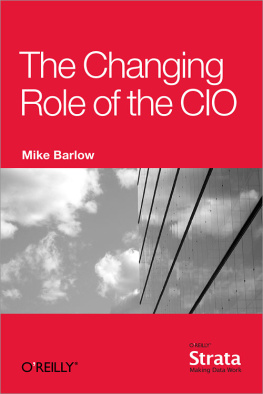
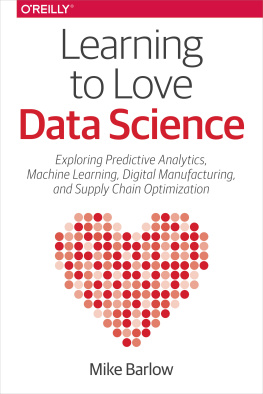
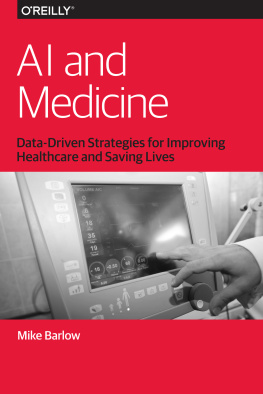

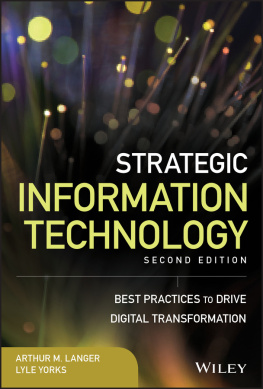

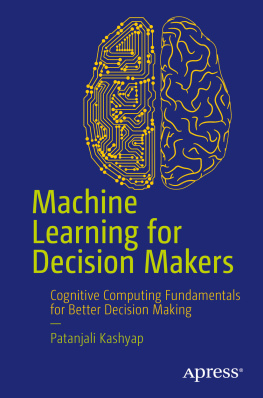
![Mike Barlow [Mike Barlow] - Learning to Love Data Science](/uploads/posts/book/119588/thumbs/mike-barlow-mike-barlow-learning-to-love-data.jpg)
